
The top 10 neuroscience articles from 2019
2019 has been another year of successful neuroscience research. Here's our selection of the most exciting neuroscience stories of the year, from the biggest ever brain map of human Alzheimer’s disease to the first mind-controlled robotic arm.
1. World first as artificial neurons developed to cure chronic diseases
Artificial neurons, that respond to electrical signals like real neurons, have been developed on silicon chips by scientists at the University of Bath, University of Bristol, University of Zurich and University of Auckland.
Designing artificial neurons that can respond to signals like real neurons has been a goal for decades. These neurons have the potential to be used to cure diseases that are caused by degeneration or malfunctioning of neurons, such as Alzheimer’s disease, multiple sclerosis and heart failure.
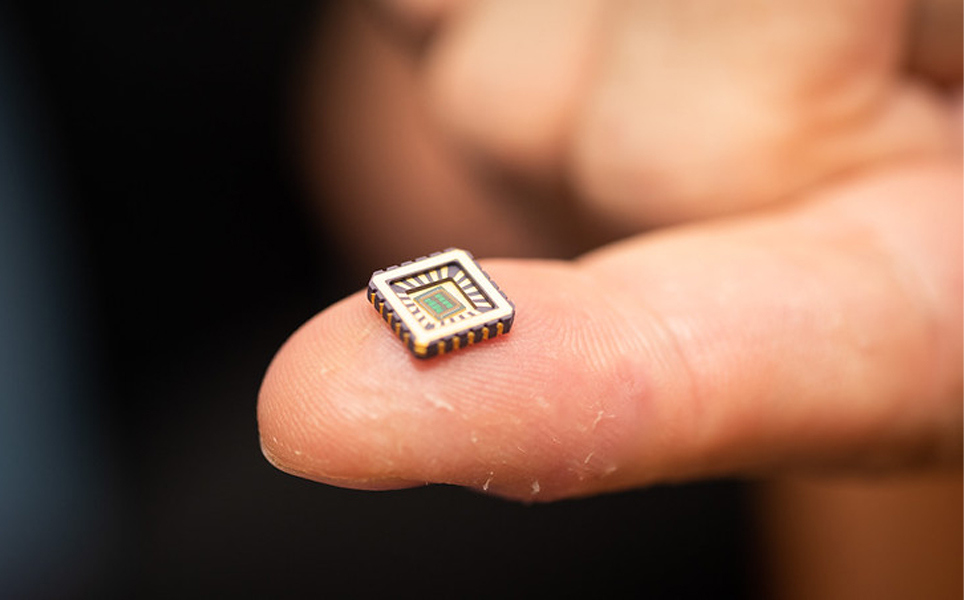
The first artificial neurons
2. Observing and controlling subcellular neuronal activity with multiphoton microscopy
Neurons possess beautiful but complex shapes. Electrophysiological techniques are the gold standard for measuring neuronal activity. However, the submicrometer nature of dendritic spines and synaptic boutons makes them generally unsuitable for such invasive electrode recordings. How can we monitor and control activity in these structures? Dr. Simon Chamberland, NYU Langone Medical Center, reviews key advantages of two-photon microscopy for studying neuronal activity in scattering brain tissue.
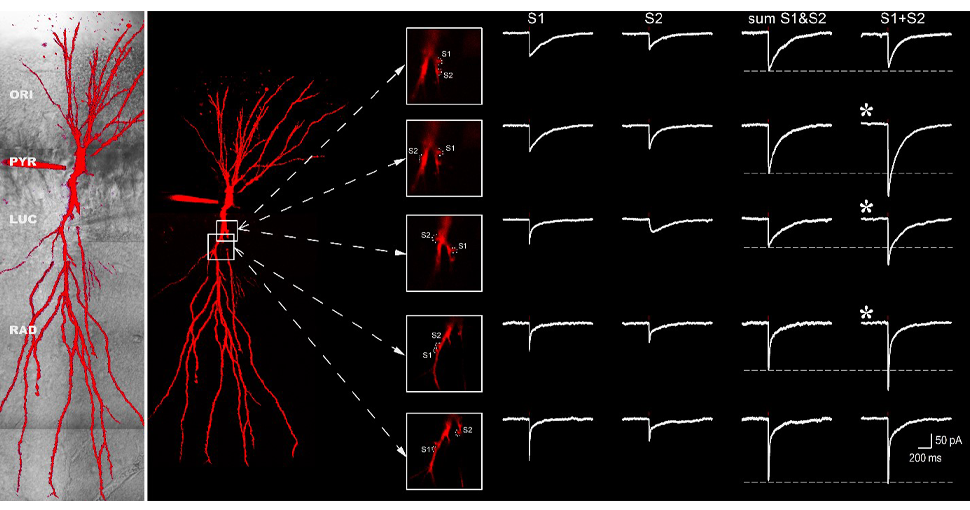
Learn more
3. Biggest ever map of human Alzheimer’s brain published
Researchers from the Universities of Manchester, Bristol, Liverpool and Auckland published the biggest ever brain map of human Alzheimer’s disease.
The map was created using data from a study of the differences between healthy brains and the brains of those with Alzheimer’s disease. The researchers mapped the relative levels of over 5,825 distinct proteins across six regions of the brain and generated 24,024 data points.
During the study, the researchers found new molecules that were previously not associated with Alzheimer’s disease, which could be potential new drug targets.
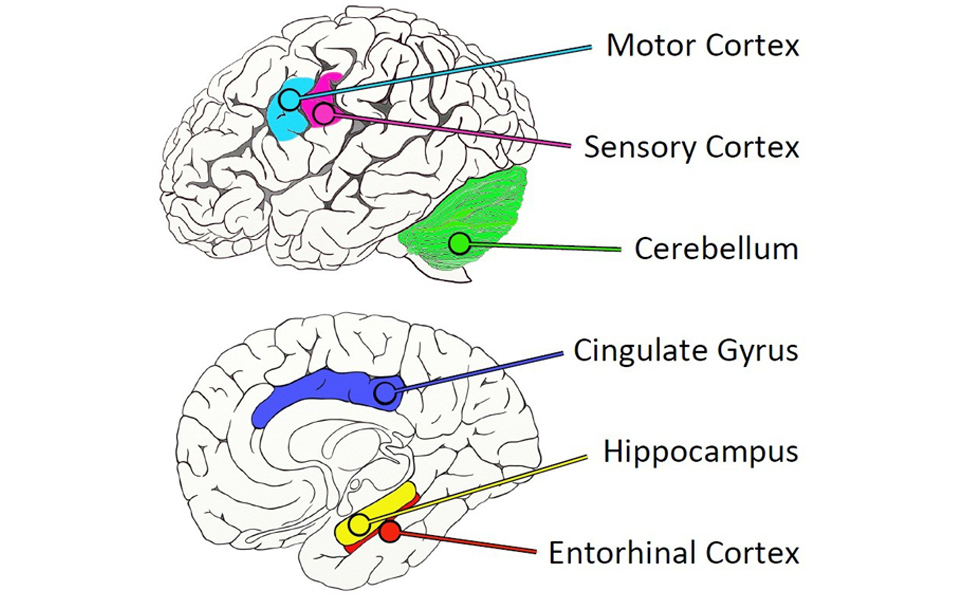
More about the brain map
4. #LabHacks: Checking the alignment of your Galvo mirrors
Following our popular guide that explains how to align your laser for two-photon imaging, in 2019 we published this helpful guide demonstrating how to check the alignment of your HyperScope Galvo mirrors. Included in this guide are steps for parking the scan mirrors in the centre of their travel using NI MAX and then aligning the Galvo mirrors.
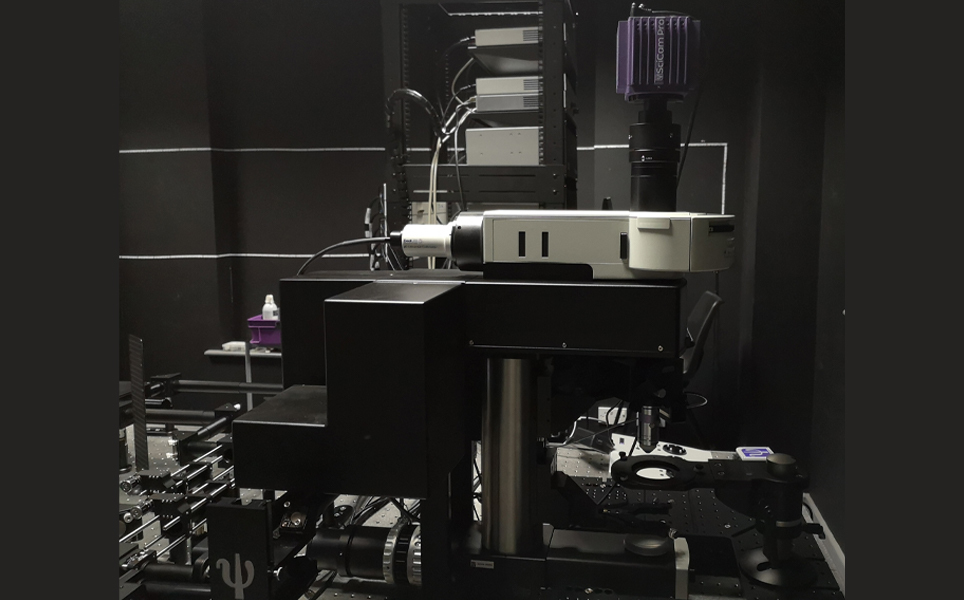
Galvo alignment
5. High-speed, 3D SCAPE microscope captures stunning, live videos of fruit fly nerve cells in action
Columbia University researchers utilised their cutting-edge microscope, called SCAPE, to create 3D videos of individual neurons moving, stretching and twitching inside fruit fly larvae as they crawled.
The SCAPE microscope enabled researchers to see the activity of the neurons whilst measuring the 3D movements of the body. The data obtained from these videos revealed how proprioceptive neurons work together to help the body sense where it is in space. The team could see that different proprioceptive neurons fired when the animal performed different movements.
SCAPE will continue to be used to map connections between cells and identify the role of various cell types in different activities, including moving, eating and even forming new memories.

Find out more about SCAPE
6. #LabHacks: Tips for improving your electrophysiology experiments
Electrophysiology allows us to investigate the electrical activities of excitable cells, including neurons. This technique comes in a variety of shapes and sizes, each of which can be used to answer specific questions. It has a reputation of being a difficult technique, but here, Dr. Nour Al-muhtasib explains some things to consider to make it more approachable.
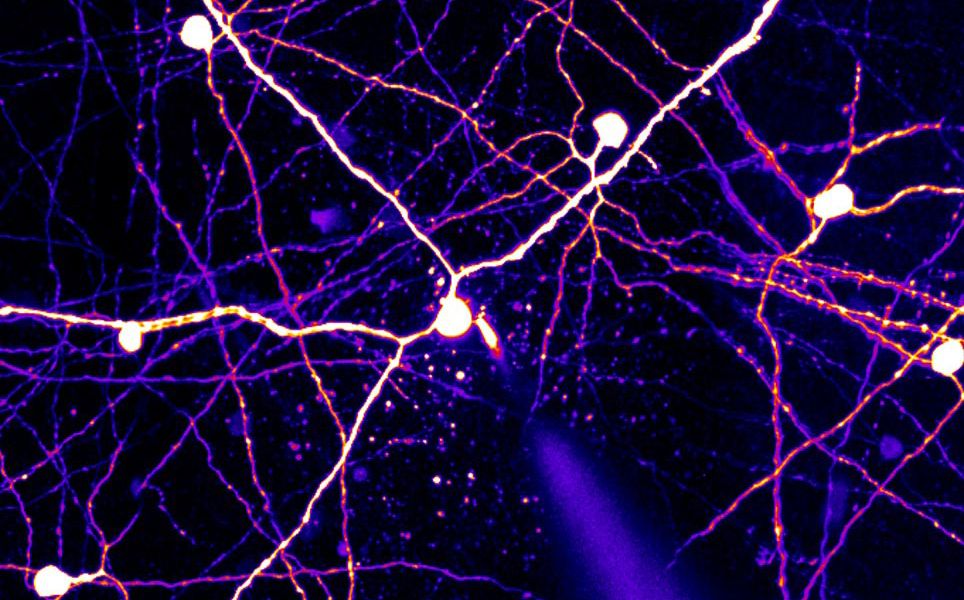
Ephys tips here
7. First-ever noninvasive mind-controlled robotic arm
The first mind-controlled robotic arm, that can continuously track and follow a computer cursor, has been developed by researchers at Carnegie Mellon University in collaboration with the University of Minnesota.
The robotic arm uses a non-invasive brain-computer interface, which is able to access signals deep within the brain to enable high resolution control of the robotic arm. The technology has so far been tested on 68 able-bodied human subjects. Further trials are planned for the near future, and it is hoped it will benefit paralysed patients and patients with movement disorders.
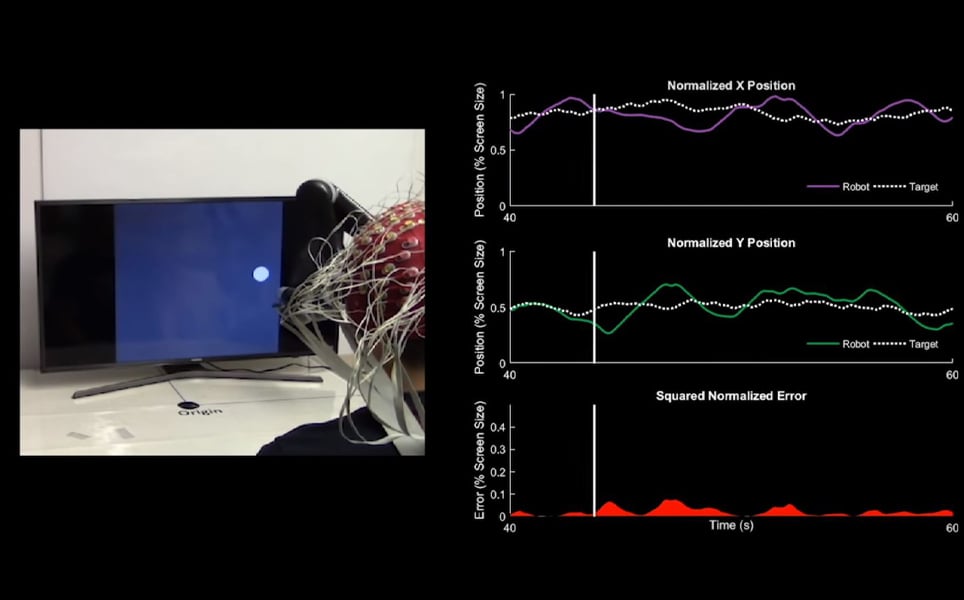
Mind-controlled robotic arm
8. Scientists manipulate brain cells using a smartphone
A device that can control neural circuits through a brain implant that’s controlled by a smartphone was developed by scientists at the Korea Advanced Institute of Science and Technology and the University of Colorado Boulder.
The device can deliver drugs and light to specific neurons of interest, enabling wireless chemical and optical neuromodulation. Drugs can be delivered for several months without them running out by using Lego-like replaceable drug cartridges. These were assembled into a brain implant for mice, with a urathin probe as thin as a human hair, consisting of microfluicic channels and tiny LEDs, enabling unlimited drug doses and light delivery.
The device is controlled by a simple interface on a smartphone, with specific combinations of light and drug deliveries being able to be administered from outside the lab.
The team are next looking to develop this technology to make a human brain implant for clinical use.
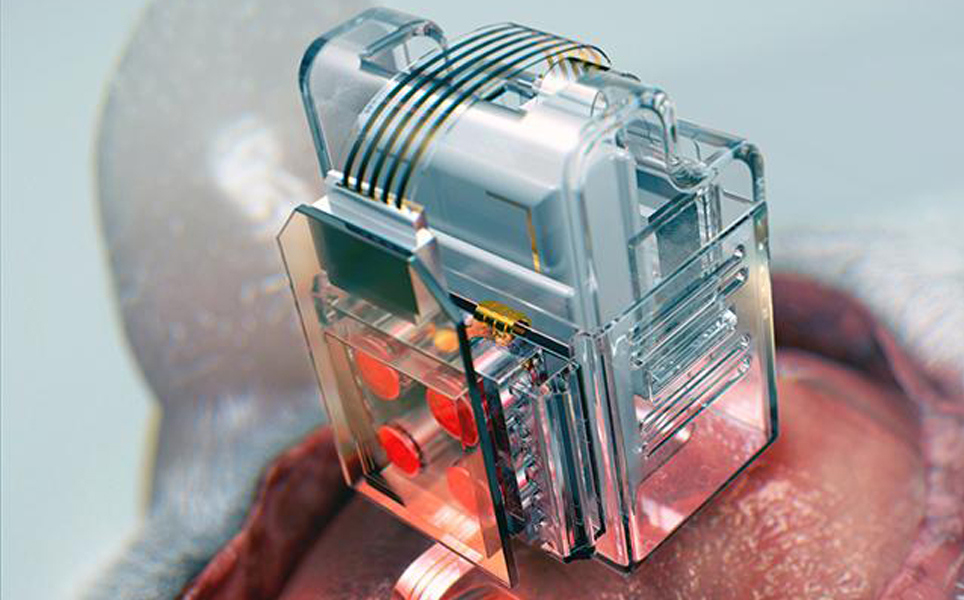
Remote neuromodulation
9. New pain organ discovered in the skin
A new sensory receptor organ in the skin that can detect painful mechanical damage has been discovered by researchers at the Karolinska Institutet.
The sensory receptor organ is made up of glia cells that have multiple long protrusions that travel up to the skin to make a mesh-like organ within it. The glia cells are highly sensitive to mechanical stimuli, such as pricks and pressure.
This discovery has shown that sensitivity to pain does not only arise in the nerve fibres of the skin, but also in this pain-sensitive organ, which could have a significant role in chronic pain and our understanding of it.
Understanding chronic pain
10. In a first, patient controls two prosthetic arms with his thoughts
Scientists at Johns Hopkins University’s Applied Physics Laboratory (APL) and School of Medicine have, for the first time, enabled a patient to control two prosthetic arms with his thoughts.
Intracortical microelectrode sensors were implanted in both sides of the brain of the patient, who has quadriplegia. Using real-time mapping of brain activity, the researchers were able to implant the electrodes in regions that control movement and touch sensation. A brain-machine interface was then used to enable the patient to simultaneously control both of the Modular Prosthetic Limbs (MPLs), which are prosthetic limbs with human-like capabilities, including fingertip sensors for force, acceleration, slip and pressure.
The team studied what the patient feels when the hand areas of the brain are stimulated, and showed for the first time that a person is able to feel brain stimulation delivered to both sides of the brain at the same time. Stimulation of both left and right finger areas in the brain could be controlled by physical touch to the fingers of the MPL.
The team are going to continue to train the participant to enable him to interact with the environment as if the MPL was his own limbs.
More here
We hope you’ve had a prosperous 2019 and enjoyed reading our posts this year. We are looking forward to providing you with more news, advice guides and case studies in 2020.
Sign up to receive our latest news
Find out about Scientifica's latest product releases, company news, and developments through a range of news articles, customer interviews and product demonstration videos.

)